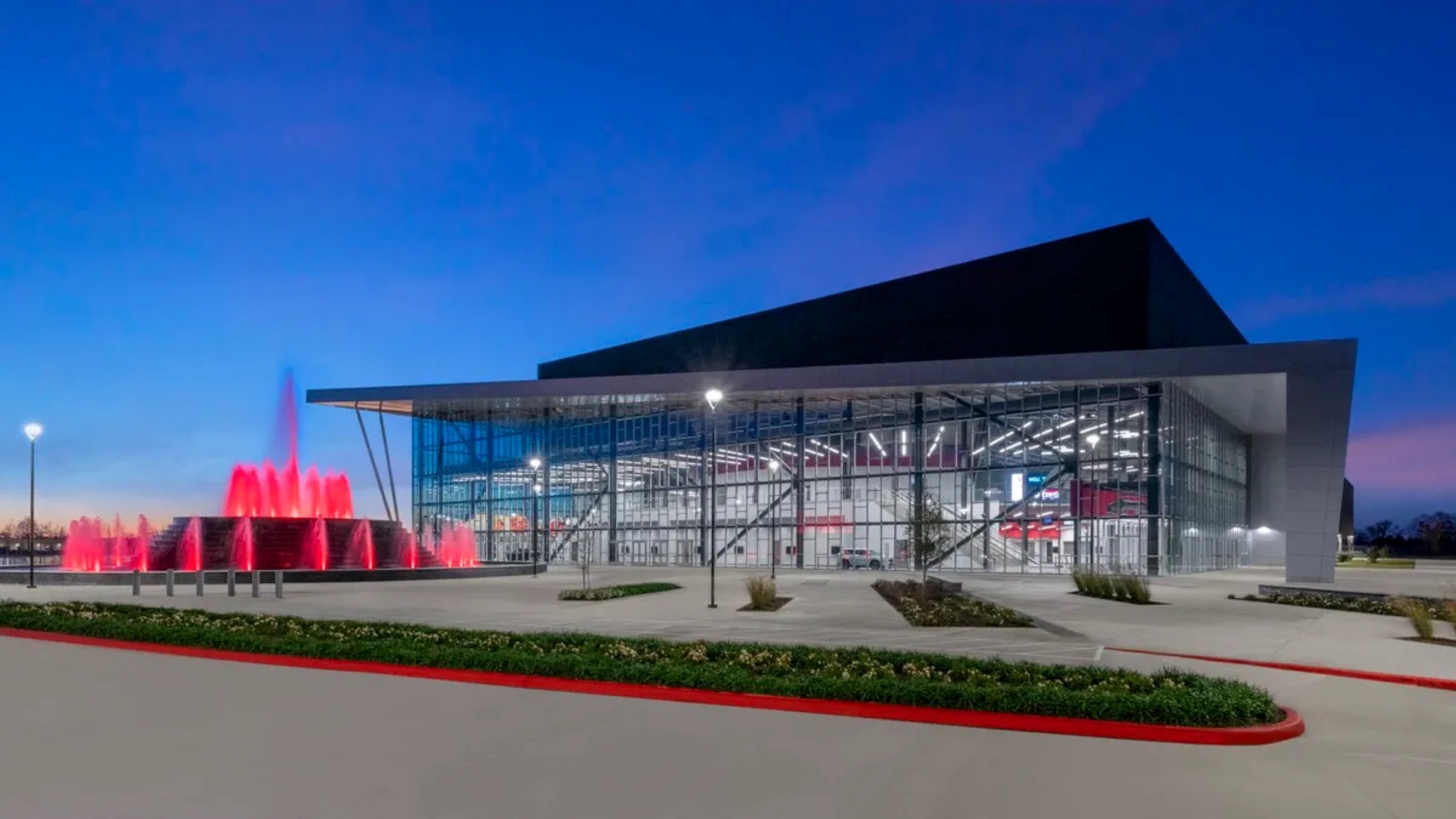Upping the luxury quotient: How stadium construction is evolving
Co-Author(s): Zachary Phillips, Editor
In a recent conversation between Construction Dive and Michael Hessert from PBK Sports, some fascinating insights emerged about the future of sports venue construction. Hessert shed light on how the game day experience is now the focal point of stadium design, not just for professional teams but also at the collegiate and even K-12 levels. It’s all about bigger video boards, better sound systems, and a variety of seating options to enhance fan experience.
One standout point Hessert made is that professional-level amenities are trickling down to colleges and schools. The lines between pro and college venues are blurring as fans expect the same high standards everywhere. This means that even high schools are seeing upgrades that would have been unthinkable a decade ago.
Revenue generation is a key driver of these changes. Modern stadiums are designed with a broader array of seating options and amenities, moving away from the old model of simple tiered seating. The goal is to offer unique experiences that cater to diverse fan preferences, ultimately boosting revenue without necessarily adding more seats.
Renovations are also becoming more common than new builds, primarily because they are more cost-effective. Contractors who traditionally worked on pro-level projects are now taking on collegiate and high school projects, attracted by their increasing scale and complexity.
Interestingly, the changes in collegiate athletics, driven by new name, image, and likeness rules, are pushing schools to enhance their facilities to attract and retain top talent. This shift is turning college sports into a semi-professional arena, with significant investments in not just stadiums but also support facilities like training centers and student success centers.
Hessert also mentioned that new funding models, such as public-private partnerships and involvement from equity groups, are becoming more common. This means more parties are involved in the construction process, making it a more complex but potentially more lucrative endeavor.
In summary, the conversation with Hessert highlighted a significant evolution in sports venue construction, driven by the need to enhance the fan experience and adapt to the changing landscape of collegiate athletics. It’s an exciting time for contractors and architects alike as they navigate these new trends and opportunities.
For more detailed insights, check out the full article on Construction Dive here.
https://www.constructiondive.com/news/stadium-construction-evolution-design-college/718923/



